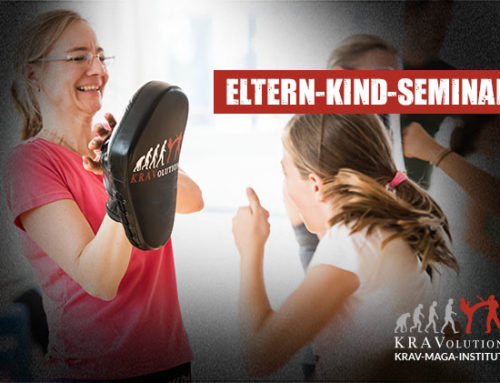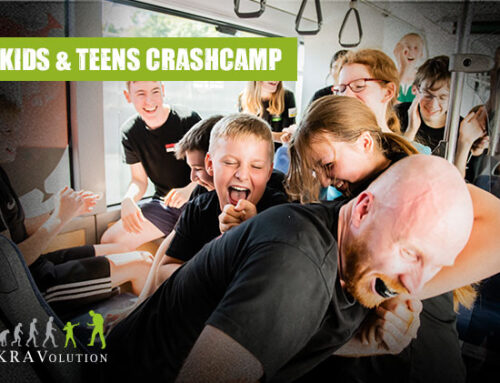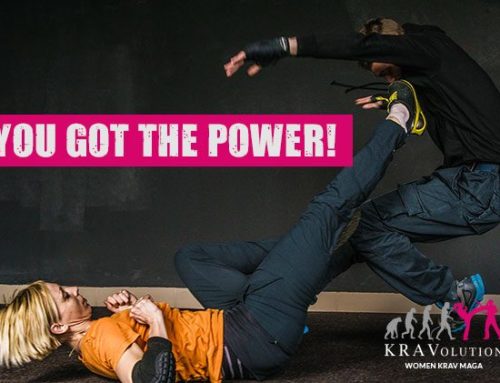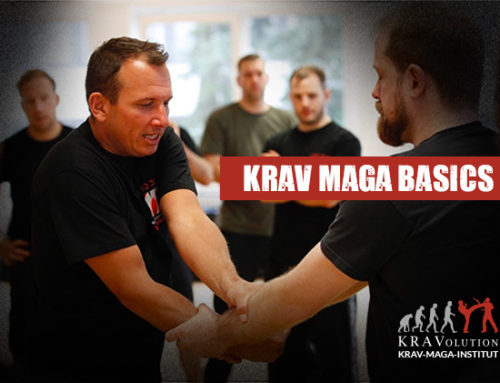The Krav Maga Institute, gives regular classes for soldiers of the German Armed Forces and the French Foreign Legion at different locations, for example for the instructors of the German Armed Forces Infantry Training Center
Our military training for professional users – the close combat trainers for soldiers of the German Federal Armed Forces and the French Foreign Legion.
Krav Maga literally means “contact combat” and was originally developed as a military close combat system for soldiers of the IDF – Israeli Defense Forces by Imrich “Imi” Lichtenfeld in 1948 when the State of Israel was founded. Instead of telling soldiers what to do in an emergency, Krav Maga was based on their first intuitive reaction. Since the system’s inception, it has of course evolved significantly through the experience of professional users in crisis areas and theaters of war. But also the teaching of the modern Krav Maga close combat system for soldiers has developed accordingly.
The duel is as old as mankind itself. For a long time, the training of fighting skills was part of the elementary school of growing up and was taken for granted by every member of society. Across cultures, warlike actions found their way into art, culture and leisure time. Only the demilitarization of modern Western societies has displaced this phenomenon in our latitudes. However, this does not mean that soldiers do not need to have basic skills, depending on the mission spectrum, to ensure their survival in the current threat situation. In short, the demands on the soldier to defend himself in close combat with his hands, aids or weapons in an emergency have always been constant. Although modern weapons and equipment have changed the face of the conflict, the fight soldier against soldier is still the same. What used to be fought with lance and shield must now be achieved with rifle, knife or improvised weapons. The means have changed, the problem has remained the same.
But when talking about military close combat, often in the absence of a concrete idea, the martial arts are used as an adequate moment of comparison. On the one hand this is certainly true on the surface, but on closer inspection it is very far from the bitter reality.
Both, the close combat and the martial arts show a lot of parallels, intercepted in the basic techniques, exercises and physical conditioning. In addition, a person who has been trained in martial arts will find it easier to access military close combat, but the orientation of military Krav Maga close combat is largely opposed to that of martial arts. For this reason, techniques or reflexes which are important in martial arts and have their respective competition-related relevance can be fundamentally wrong and dangerous in close combat. What may sound paradoxical at first, since a boxer is hardly different from a beating soldier in his efforts, becomes clearer when one examines the context of the confrontation in which a soldier must act.
The modern soldier is well equipped, has at least one firearm in case of emergency, and has learned to use it at short and long range. The appearance of groups and units provides mutual support, which makes a classic close combat seem unlikely. However, current mission evaluations have shown that it is especially the narrowness of the city, inhospitable terrain or urban fighting inside buildings that forces soldiers to use close combat techniques. The speed at which situations in built-up areas can change from one minute to the next can cause difficulties in adapting to the new conditions and the person concerned can spontaneously find himself in a threatening and tight situation. In contrast to martial arts, the essential factors a soldier is confronted with are contrary to the spirit of sport:
Draheim is an official close combat instructor appointed by the Ministry of Defence of the Federal Republic of Germany.
In addition, KRAVolution, which is also headed by Draheim as head of the association, is currently represented in 24 countries. The French Ministry of Defense has also appointed KRAVolution instructors for the close combat training of military instructors. This is how the regiments of the Foreign Legion, for example the 3rd R.E.I. in French Guyana, or the 4th R.E., the training regiment of the Foreign Legion in Castelnaudary, but also the legendary 2nd Régiment étranger de parachutistes, i.e. the paratroopers of the French Foreign Legion at Camp Raffalli in Calvi, Corsica.




